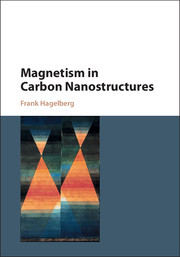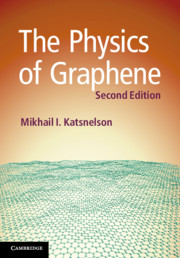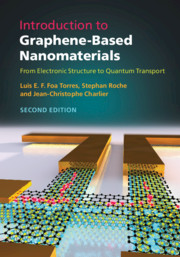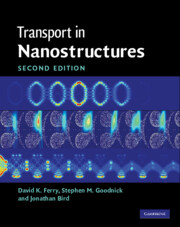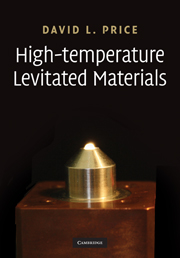Magnetism in Carbon Nanostructures
Magnetism in carbon nanostructures is a rapidly expanding field of current materials science. Its progress is driven by the wide range of applications for magnetic carbon nanosystems, including transmission elements in spintronics, building blocks of cutting-edge nanobiotechnology, and qubits in quantum computing. These systems also provide novel paradigms for basic phenomena of quantum physics, and are thus of great interest for fundamental research. This comprehensive survey emphasizes both the fundamental nature of the field, and its groundbreaking nanotechnological applications, providing a one-stop reference for both the principles and the practice of this emerging area. With equal relevance to physics, chemistry, engineering and materials science, senior undergraduate and graduate students in any of these subjects, as well as all those interested in novel nanomaterials, will gain an in-depth understanding of the field from this concise and self-contained volume.
- Combines the principles and practice of this emerging area into a single concise volume
- Emphasizes the interdisciplinary nature of the field, being of interest to physicists, chemists, chemical engineers and material scientists alike
- Self-contained so as to be accessible to those with little or no prior knowledge of the subject
Reviews & endorsements
'The aim of this book is to bring together the work of physicists, chemists, and materials scientists in a single, self-contained volume. This overview of current magnetic carbon nanostructure research is aimed primarily toward graduate students and researchers; ideally, readers will have an advanced undergraduate understanding of thermodynamics and quantum mechanics. Taking into account the varied backgrounds of his readers, however, Hagelberg first presents separate introductions to magnetism and carbon nanostructures. The remaining four sections, the book's core material, present intrinsic magnetism, magnetic transport phenomena, and composite materials. The author no doubt had to make some difficult decisions to keep the text to a reasonable length. Any concerns readers may have about scope, however, are ameliorated by a set of thorough appendixes and a website of additional material; the author has posted additional sections that provide deeper, more detailed content.' E. Kincanon, Choice
'Hagelberg's interesting volume summarises and explains the progress that has been made in developing and understanding the magnetism found in carbon-containing materials. More than that, Hagelberg puts these new developments into context, carefully explaining the underlying physical principles … This is a thorough and clearly written account of a fast-moving field.' Stephen J. Blundell, Contemporary Physics
Product details
July 2017Hardback
9781107069848
430 pages
253 × 178 × 24 mm
1.01kg
149 b/w illus.
Available
Table of Contents
- Preface
- 1. Magnetic carbon nanostructures
- Part I. Theories and Methods:
- 2. Basic notions of magnetism
- 3. The tools: computational and experimental techniques
- Part II. Carbon and its Nanoscale Allotropes:
- 4. Graphene
- 5. Carbon nanotubes
- 6. Fullerenes
- Part III. Spin Effects in Graphene and Carbon Nanotubes:
- 7. Magnetic textures at edges and defect sites
- 8. Spin-orbit coupling in carbon nanostructures
- Part IV. Transport Phenomena:
- 9. Elements of spintronics
- 10. Spin transport in carbon nanostructures
- 11. Magnetotransport
- Part V. Composite Materials:
- 12. Impurities
- 13. Networks of carbon clusters
- 14. Medical applications
- Afterword
- References
- Index.

